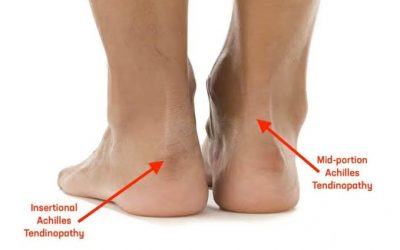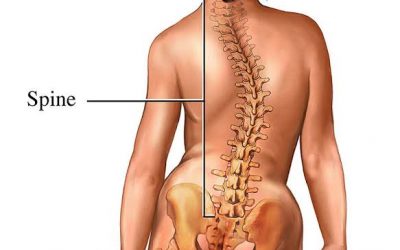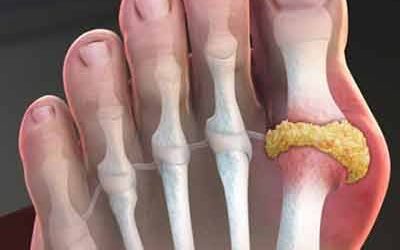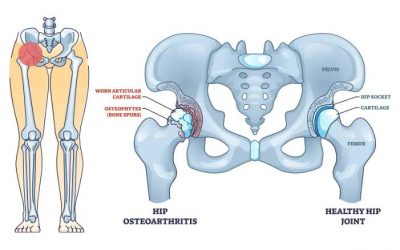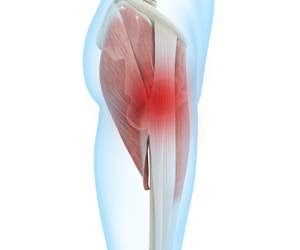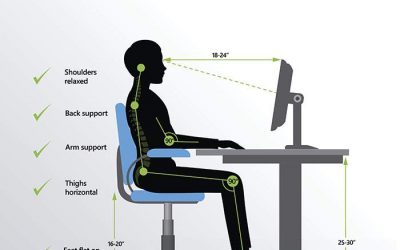Meniscus Tear Knee Injury

Meniscus tears are among the most common knee injuries. Athletes, particularly those who play contact sports, are at risk for meniscus tears. However, anyone at any age can tear the meniscus. When people talk about torn cartilage in the knee, they are usually referring to a torn meniscus.
Critical functions of menisci
Various critical functions of the menisci to the maintenance of knee health have been well-established. These include:
• Load Transmission – the menisci are responsible for transmitting between 50% to 70% of the loads across the knee joint. In their absence, these loads are directly transmitted to the articular cartilage on the ends of the bones.
• Joint Stability – the menisci are secondary stabilizers of the knee in many planes, and become the primary stabilizer for front-to-back (“anteroposterior”) motion of the knee when the athlete suffers an anterior cruciate ligament (Torn ACL).
• Shock Absorption
• Joint Lubrication and Nutrition
Anatomy
The medial meniscus is a crescent-shaped, cartilaginous band between the medial tibial and medial femoral condyle. The primary function of the medial meniscus is to decrease the amount of stress on the knee joint.

The Top 6 Common Types of Meniscal Tears
1. Intrasubstance/Incomplete Tear: An intrasubstance tear is a common finding on an MRI report, and typically looks normal at the time of surgery. Often these are a sign of early degenerative changes of the meniscus tissue. Incomplete and intrasubstance tears of the meniscus are stable injuries, and generally do not require any surgical treatment.
2. Radial Tear: These tears are within the area of the meniscus, where there is no blood supply, and therefore difficult for the tear to heal. Usually, these tears require some type of surgical treatment, and the only option is to shave out the damaged portion of the meniscus.
3. Horizontal Tear: A horizontal tear is a tear that most commonly requires a meniscus repair. Rather than removing the damaged portion of the meniscus, a horizontal tear may be able to be sewn together.
4. Bucket-Handle Tear: A bucket-handle tear is a large type of horizontal tear of the meniscus. These types of tears often cause the knee to become stuck by causing the torn portion of the meniscus to block normal knee motion. Bucket-handle tears often require more surgical interventions in order to allow the knee to start bending again.
5.Complex Tear: A complex tear means there is a combination of tear patterns. A complex tear often involves both radial and horizontal tear patterns. Typically complex tears are not treated with meniscus repair because of the complex nature of the tear.
6.Flap Tear: A flap tear of the meniscus is an unusual pattern of a meniscal tear. In circumstances where the flap is causing symptoms of catching in the knee, the flap of the meniscus can usually be removed without removing much tissue at all.
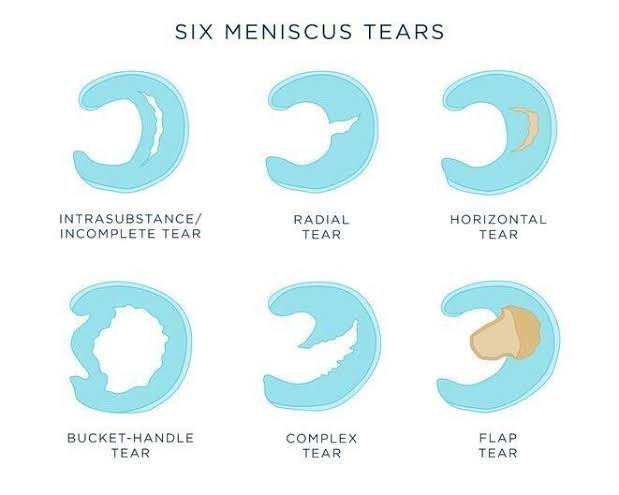
Symptoms
If you’ve torn your meniscus, it might take 24 hours or more for pain and swelling to begin, especially if the tear is small. You might develop the following signs and symptoms in your knee:
- A popping sensation
- Swelling or stiffness
- Pain, especially when twisting or rotating your knee
- Difficulty straightening your knee fully
- Feeling as though your knee is locked in place when you try to move it
- Feeling of your knee giving way
CAUSE
A tear can happen when you change direction suddenly while running, or twist your upper leg while your foot is still and your knee is bent. These tears often occur alongside other knee injuries, like an anterior cruciate ligament (ACL) injury. In some cases, a piece of the shredded cartilage breaks loose and catches in the knee joint, causing it to lock up.
But the menisci also weaken with age, so as you grow older, you might get a tear just from making an awkward turn when you get out of a chair. More than 40% of people 70 or older have had a torn meniscus.
Diagnosis
A torn meniscus often can be identified during a physical exam. Your doctor might move your knee and leg into different positions, watch you walk, and ask you to squat to help pinpoint the cause of your signs and symptoms.
Imaging tests
- X-rays. Because a torn meniscus is made of cartilage, it won’t show up on X-rays. But X-rays can help rule out other problems with the knee that cause similar symptoms.
- Magnetic resonance imaging (MRI). This uses a strong magnetic field to produce detailed images of both hard and soft tissues within your knee. It’s the best imaging study to detect a torn meniscus.
Arthroscopy
In some cases, your doctor might use an instrument known as an arthroscope to examine the inside of your knee. The arthroscope is inserted through a tiny incision near your knee.

Nonsurgical Treatment
Many meniscus tears will not need immediate surgery. If your symptoms do not persist and you have no locking or swelling of the knee, your doctor may recommend nonsurgical treatment.
RICE. The RICE protocol is effective for most sports-related injuries. RICE stands for Rest, Ice, Compression, and Elevation.
- Rest. Take a break from the activity that caused the injury. Your doctor may recommend that you use crutches to avoid putting weight on your leg.
- Ice. Use cold packs for 20 minutes at a time, several times a day. Do not apply ice directly to the skin.
- Compression. To prevent additional swelling and blood loss, wear an elastic compression bandage.
- Elevation. To reduce swelling, recline when you rest, and put your leg up higher than your heart.
Nonsteroidal anti-inflammatory drugs(NSAIDs).Anti-inflammatory drugs such as aspirin, ibuprofen, and naproxen help reduce pain and swelling.
Steroid injection. Your doctor may inject a corticosteroid medication into your knee joint to help eliminate pain and swelling.
Other nonsurgical treatment. Biologics injections, such as platelet-rich plasma(PRP) are currently being studied and may show promise in the future for the treatment of meniscus tears.
Surgical Treatment
If your symptoms persist with nonsurgical treatment, your doctor may suggest arthroscopic surgery.
Procedure. knee arthoscopy is one of the most commonly performed surgical procedures. In this procedure, the surgeon inserts a miniature camera through a small incision (portal) in the knee. This provides a clear view of the inside of the knee. The surgeon then inserts surgical instruments through two or three other small portals to trim or repair the tear.
The device contains a light and a small camera, which transmits an enlarged image of the inside of your knee onto a monitor. If necessary, surgical instruments can be inserted through the arthroscope or through additional small incisions in your knee to trim or repair the tear.
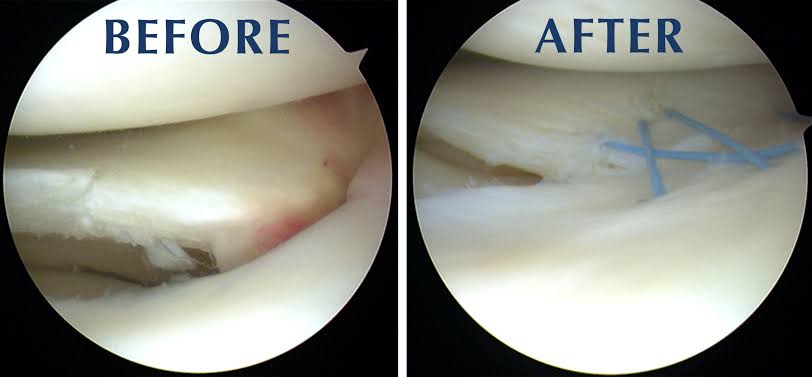
Meniscus Tear Recovery Time
Recovery time for your knee depends on a number of things, including how severe your meniscus tear is and whether or not you had surgery. But people also heal at different rates.
Meniscus tear recovery without surgery
If you had a simple tear and no surgery, your healing time could be 4 to 6 weeks, during which you’ll be resting the knee and doing physical therapy.
Meniscus tear recovery after surgery
The rehab time (during which you’ll be doing physical therapy) for a meniscectomy is 3 to 6 weeks. For a meniscus repair (also doing physical therapy), it’s 3 to 6 months.
Meniscus tear exercises
Physical therapy helps to speed recovery from surgery as well as to heal a minor meniscus tear where you didn’t have surgery. Your doctor or physical therapist may suggest some exercises. These exercises could include leg raises, buttock tucks, partial squats, and hamstring stretches. The American Academy of Orthopaedic Surgeons has a full knee conditioning program with instructions for several exercises. Talk to your doctor or physical therapist about which exercises are best for you.
Your therapist might also advise that you walk (2 weeks after surgery) or ride an exercise bike. You may have to avoid running while your meniscus tear heals. If your medical team agrees, you could try swimming instead
